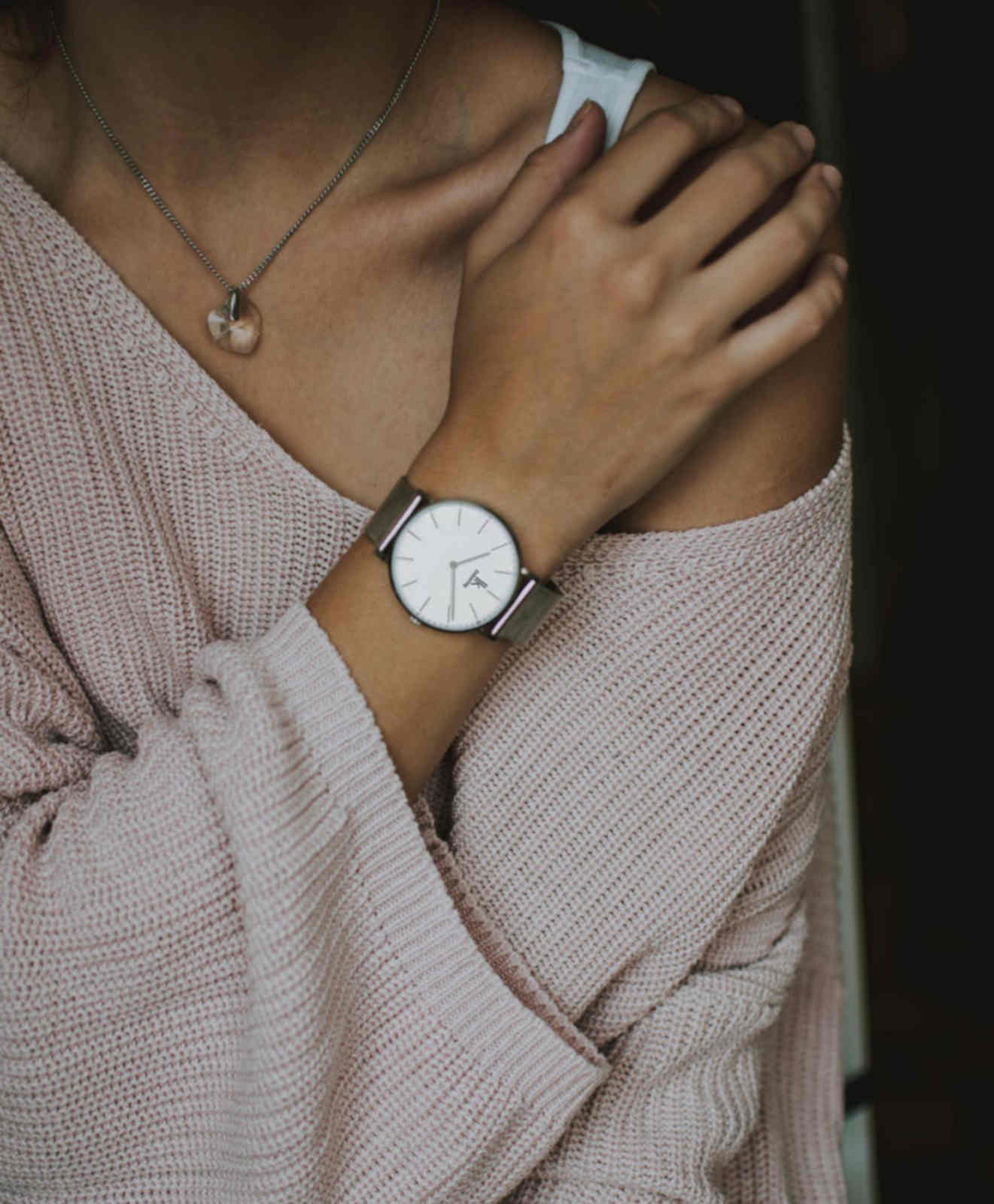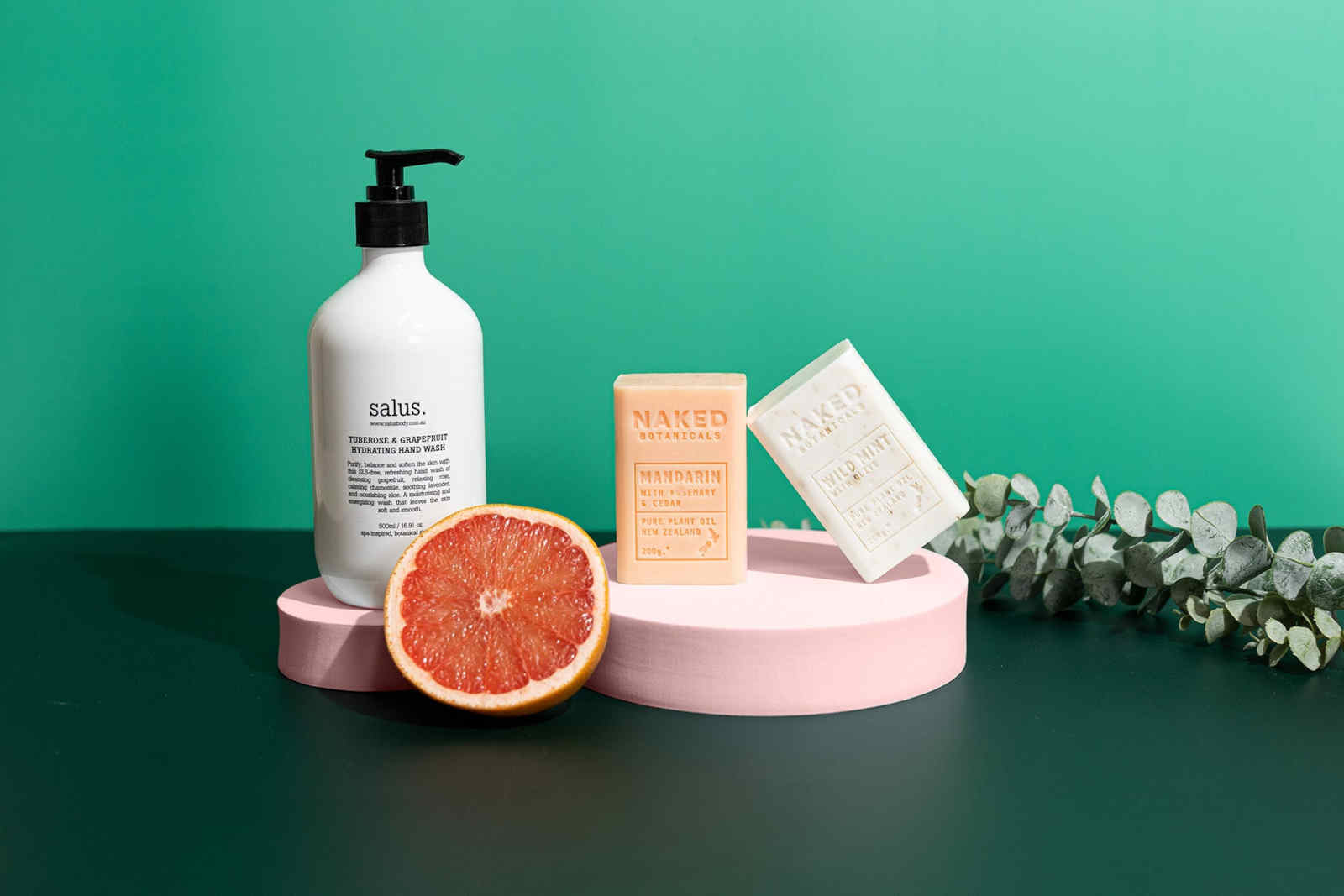
8 eCommerce Product Photography Styles That Work
Selling products through eCommerce sites or online marketplaces come with the preparation and presentation of images. These images will be published on these platforms to represent the actual product for viewing and help with purchase decisions.
Different types and styles of product photography develop as the industry eCommerce continues to grow. Here’s this list of different eCommerce photography tips and styles that truly work in captivating website visitors.

1. Products Taken in Plain Backgrounds
There are various reasons why the use of white background for products is more prevalent compared to the use of other background colors. One main reason is that white backgrounds lead people’s eyes directly to what matters most: the product.
White backgrounds are non-distracting, straightforward, and clear thus, it is effective to use in eCommerce product catalogs and pages. Marketplaces like Amazon also require eCommerce managers to use product images on a white background when listing them on the platform.
Nowadays, there are other options to achieve product images on a white background other than the photography itself. That is through using tools or outsourcing a professional image background removal service to get the job done.

2. Product Photos Taken in Groups
Grouping product photos is a method of demonstrating possibilities to the consumer. These can be a collection of products with different variants or ones that come in sets like women’s make-up, jewelry, hygiene products, etc.
Group photography provides the buyer with a more full perspective of your offering. These photos are ideal for social media posts and commercials since they give customers a taste of your entire business rather than just one product. This is a method of displaying the form, diversity, and size of items in a single product shot.

3. Styled With Product Ingredients
What better method to demonstrate the legitimacy of your items than to include the ingredients? Use some presentation flare when shooting simple components. Consider the display potential of some of your more “mundane” products.
Display the petals as they are if you have items made from natural substances, such as this rose oil product. Include a bouquet of flowers or a dish of whatever veggies or fruits your product is composed of.

4. Showing the Scale
Creating scale is a photographic technique that shows the spectator how large or little a thing is. It enables the shopper to see how the product appears and is utilized.
A hydrated fanny pack is worn by this runner. The product’s size in proportion to the runner’s size gives the observer all they need to know about the product’s size. It assists them in visualizing how the same thing may work for them.

5. Showing the Products in Use
Product images taken ‘in-context’ show the product being utilized in the situation for which it was created. Some designers will construct a catalog or a website that displays the product as well as the in-context element of the product in use.
This method allows the customer to examine the product itself as well as how the thing appears when in use. Lifestyle product shots are comparable to action product photos in context.
The model is wearing a watch in this photo, but we don’t know where or why. It’s all about her and the item she’s wearing. This directs the viewers’ attention only to the product, allowing them to determine whether or not the product is what they want.

6. A Close-up or Macro Shot
Macro photography is the capture of extremely tiny things. It is also known as close-up photography. Taking close-up shots, on the other hand, does not inherently imply macro photography. Taking a close-up shot of someone’s face, for example, is not macro photography.
Macro cameras are required in eCommerce product photography to be able to efficiently capture very small things such as photos of jewelry products, photos of cosmetics, photos of foodstuffs, multi-views of fashion accessories, 360° shots of shoes, eyeglasses, precision instruments, and so on.
Macro photography was described as a photograph in which the item was in 1:1 proportion to the photo negative. This indicates that the picture of the thing is the same size as the actual object. As a result, no magnification was employed.

7. Hanged Products
You may hang some things to make them look more 3-dimensional, similar to how mannequins are used for clothing.
Consider this watch, which is being held by a hand against a dark background with some lights. Holding the watch up makes it look more three-dimensional. The graphic designer then uses an editing tool to enhance the watch and blur the backdrop for a 3-dimensional, floating effect, as shown below.

8. Make Them Float
Whether you’re shooting food or commercial items, one of the most common methods to explore is the floating look. It lends a sense of fun and playfulness to the project, especially if you want to include some eye-catching lifestyle images.
One of the most crucial steps of every shot is pre-visualization. This lets you prepare everything from composition to lighting, as well as identify potential difficulties and how to solve them. You have the ability to pick which materials to utilize and how to use them. Fishing lines work best and are the easiest to remove after the shoot while editing the photographs.

Conclusion
One of the finest aspects of eCommerce product photography is that it allows for the expression of one’s creativity. In these cases, we must get to work and try new ways, because seemingly unappealing goods designed only to serve a utilitarian purpose might provide stunning images depending on how they are exhibited.
No product should be restricted to a single sort of photography, especially when varied communication channels will necessitate a variety of styles. The main thing is to know who you want to connect with, to understand the platform you’re using to exhibit the images, and, obviously, to guarantee that every image reflects the business and its values.
Even in eCommerce or a directory, it is beneficial to integrate numerous photographic styles and viewpoints so that customers get a realistic perception of your products.

Miguel Davao is a graduate of literature and linguistics and has been writing content for about 5 years now. He particularly writes content on eCommerce, design, photo-editing tools, and content writing tips.
Currently, he works as a full-time writer at Removal.AI – a fast-growing start-up that offers image processing and AI background remover for eCommerce, web, and app development, and marketing automation.



